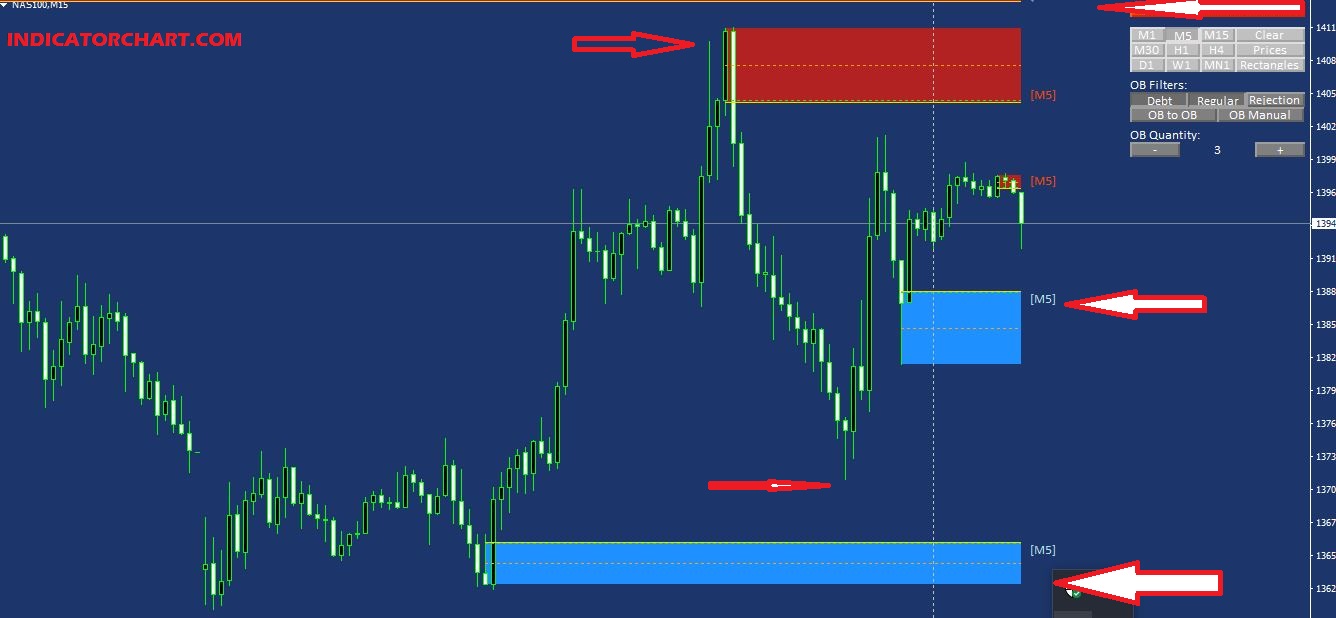Do indicators assist in trading?

https://telegra.ph/What-is-the-aim-of-technical-indicators-05-13 may be helpful instruments in trading when used appropriately and along side different forms of analysis and threat management strategies. Here are some methods in which indicators can help merchants:
Trend Identification: Indicators may help merchants determine the course of price trends, whether or not they're bullish (rising prices) or bearish (falling prices). This info is important for trend-following strategies.
Confirmation of Trends: Indicators can verify the presence of a trend, providing further confidence in the direction of price movements. This affirmation could be particularly helpful for trend-following traders.

Reversal Identification: Some indicators are designed to detect potential trend reversals or adjustments in market sentiment. http://budtrader.com/arcade/members/beggarswiss4/activity/6110135/ assist merchants identify factors at which trends may be exhausted or reversing.
Momentum Assessment: Indicators measure the power and momentum of value movements. This data is crucial for gauging the drive behind price tendencies and potential shifts in momentum.
Overbought and Oversold Conditions: Oscillators, such because the Relative Strength Index (RSI) and Stochastic Oscillator, assist identify overbought (potentially overvalued) and oversold (potentially undervalued) situations, which might sign potential reversals.
Volatility Measurement: Indicators like Bollinger Bands and Average True Range (ATR) present insights into market volatility. High volatility can present each opportunities and risks for merchants.
Support and Resistance Levels: Technical indicators can help traders establish potential assist (price ranges where shopping for curiosity is expected) and resistance (price ranges the place selling curiosity is expected) areas.
Timing of Trades: Indicators can assist traders in timing their trades by providing entry and exit signals based mostly on particular conditions or crossovers.
Risk Management: By using indicators to set stop-loss and take-profit levels, traders can implement risk management methods to limit potential losses and protect their capital.
Filtering Noise: Technical indicators may help filter out noise or short-term fluctuations in value data, permitting traders to concentrate on the more important value actions and tendencies.
Pattern Recognition: Some indicators, like transferring averages and trendlines, can help merchants determine chart patterns, similar to head and shoulders, flags, and triangles, which might inform buying and selling selections.
Objective Analysis: Indicators provide merchants with goal, data-driven information, lowering the affect of feelings in trading selections.
While indicators could be valuable instruments, it's essential to notice that they are not foolproof and should not be relied upon completely. Here are some essential concerns for using indicators successfully:
Combination with Other Analysis: Indicators are most effective when used along side other types of evaluation, including fundamental analysis, sentiment evaluation, and worth motion analysis.
Adaptation to Market Conditions: Traders should select indicators that align with the current market situations and modify their strategies as market dynamics change.
Risk Management: Proper risk management, together with setting stop-loss orders and managing place sizes, is crucial for shielding capital.
Continuous Learning: Traders ought to continuously learn and adapt their methods based mostly on altering market circumstances and their own trading experiences.
Ultimately, the effectiveness of indicators in buying and selling depends on a trader's talent, expertise, self-discipline, and the considerate integration of indicators into their overall trading plan. Successful trading usually entails a mix of instruments and methods, with indicators being just one a half of the puzzle..
